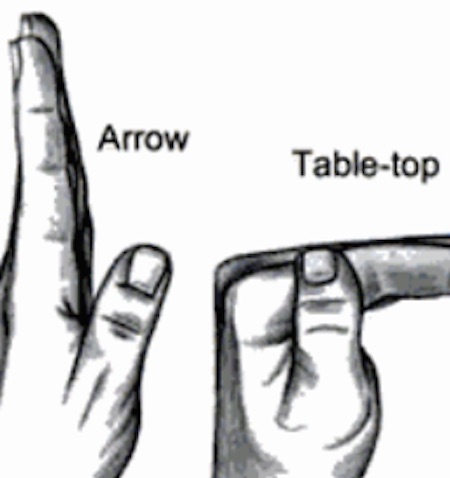Children's Fractures
Children have different bone structure than adults. As a result there is often concern regarding growth plate injury. It is important to note that most child hood fractures are growth plate injuries. Growth plate fractures are classified depending on the degree of damage to the growth plate itself. Treatment depends on the fracture type.
Pediatric POWERPOINT presentations
Distal phalanx fracture
Most pediatric hand fractures can be treated by nonoperative means with good results. However, a subset of fractures requires prompt recognition and surgical intervention. Several pediatric phalangeal fracture types must be recognized and treated appropriately to minimize complications and disability. These injuries defy the general conception that pediatric fractures universally do well with minimal intervention. This paper highlights two important concepts: (1) phalangeal fractures in children can differ considerably from other pediatric fractures, and (2) phalangeal fractures in children can be very different from those in adults.
Pediatric Phalanx Fractures: Unique Challenges and Pitfalls.
Congenital Hand Differences
Babies born with hands that are different than the normal hand have a congenital hand difference. One in twenty children is born with some difference from normal, either major or minor.
The different groups of congenital hand differences include missing parts of the arm (failure of formation), webbed or fused parts of the hand (failures of separation), extra parts present in the hand (duplication), undergrowth or overgrowth of parts of the hand, or constriction band syndrome.
A Hand Surgeons Discussion of Children's Fractures
A child’s bone is different than a fully-grown adult’s. There are different types of fractures in children than adults. There are special patterns of injury and fracture for children of different age as well. These differences influence the treatment and care of a fracture in a child’s upper extremity.
Pediatric wrist xray



 copy.jpg)
